Chart of the Day: 30 Years of Faith
Today’s Chart of the Day comes from an article written by Ben Carlson on A Wealth of Common Sense. The chart shows rolling 30-year returns of the stock market dating back to 1926.
Learn about our Refer-a-Friend Program. Terms and conditions apply.
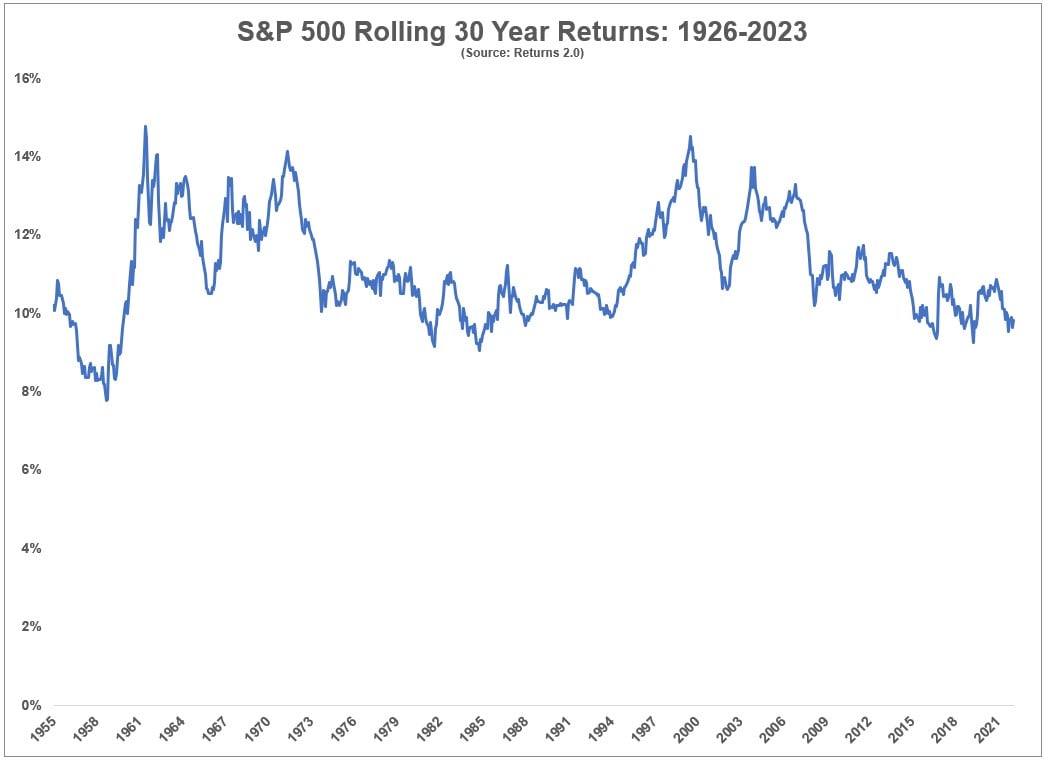
Today’s Chart of the Day comes from an article written by Ben Carlson on A Wealth of Common Sense. The chart shows rolling 30-year returns of the..
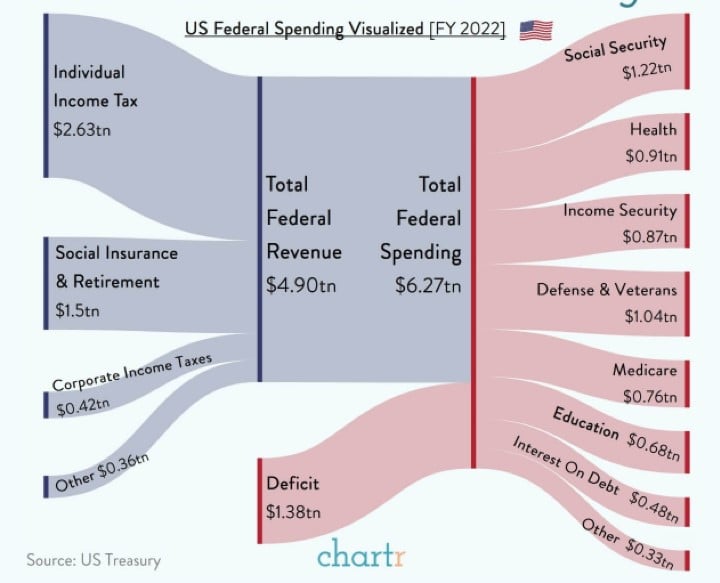
Today’s Chart of the Day comes from chartr with figures provided by the US Treasury to help us understand where our Federal Government taxes and..
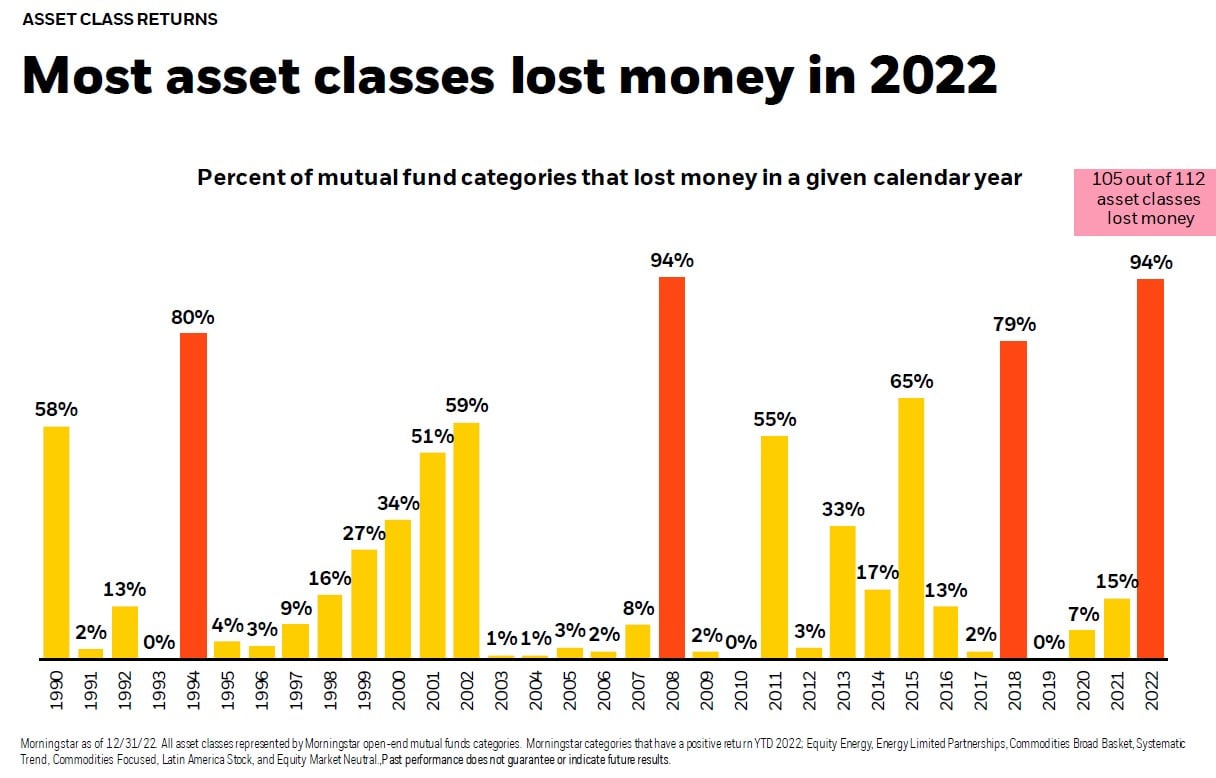
Today’s Chart of the Day comes from BlackRock and shows that 105 of 112 asset classes lost money in 2022.

As our communities continue to recover from recent hurricanes, and with everyone knee deep in tax season, we are updating a blog from December with..
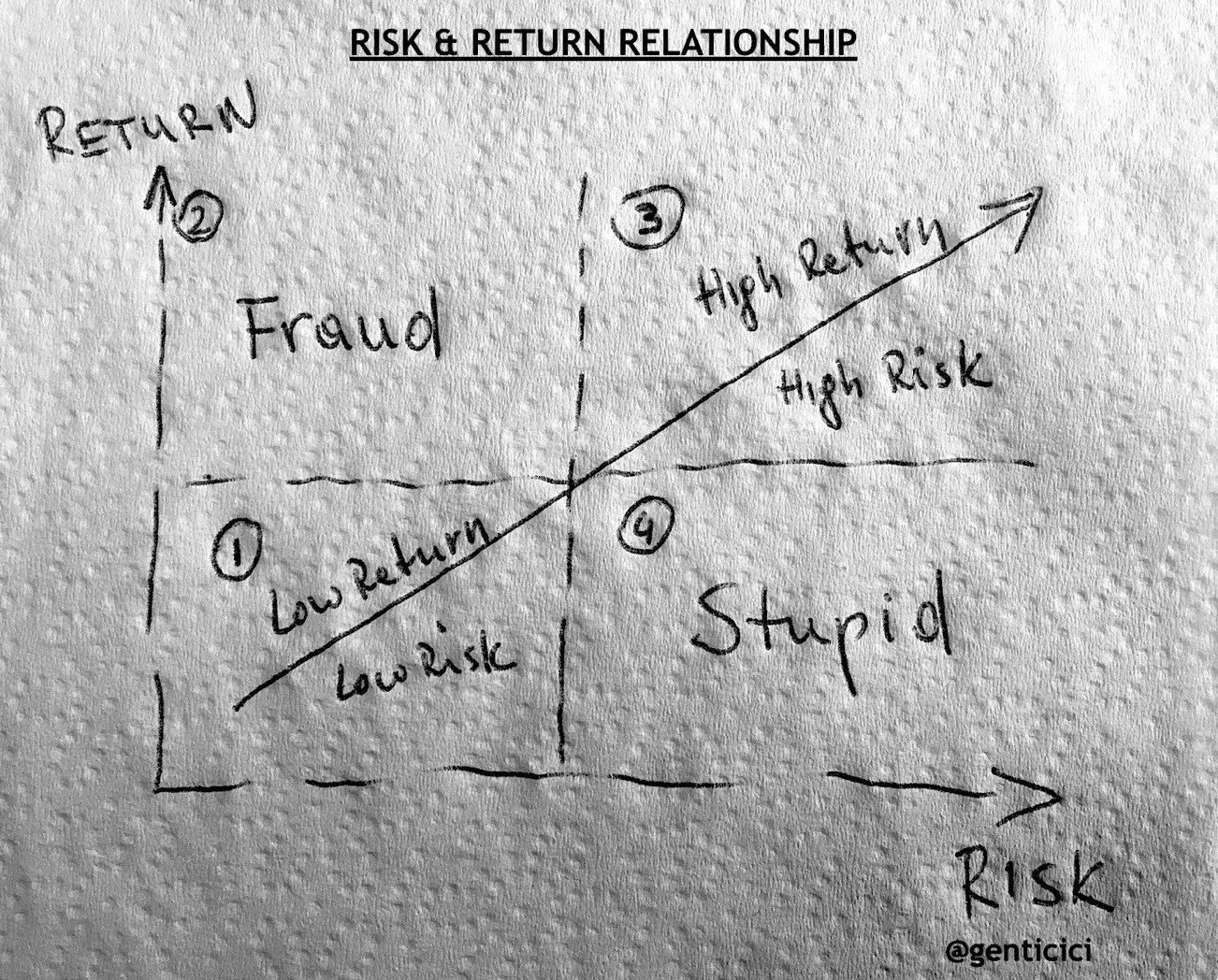
Today’s Chart of the Day comes from @genticici on Twitter. I was impressed by the simplicity of the concept, and it's very apropos to be on the back..
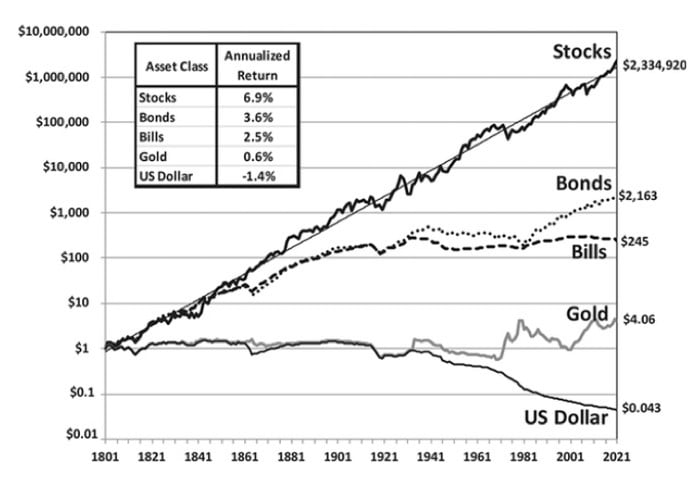
Today’s Chart of the Day is a reoccurring one we like to keep updated with current data.
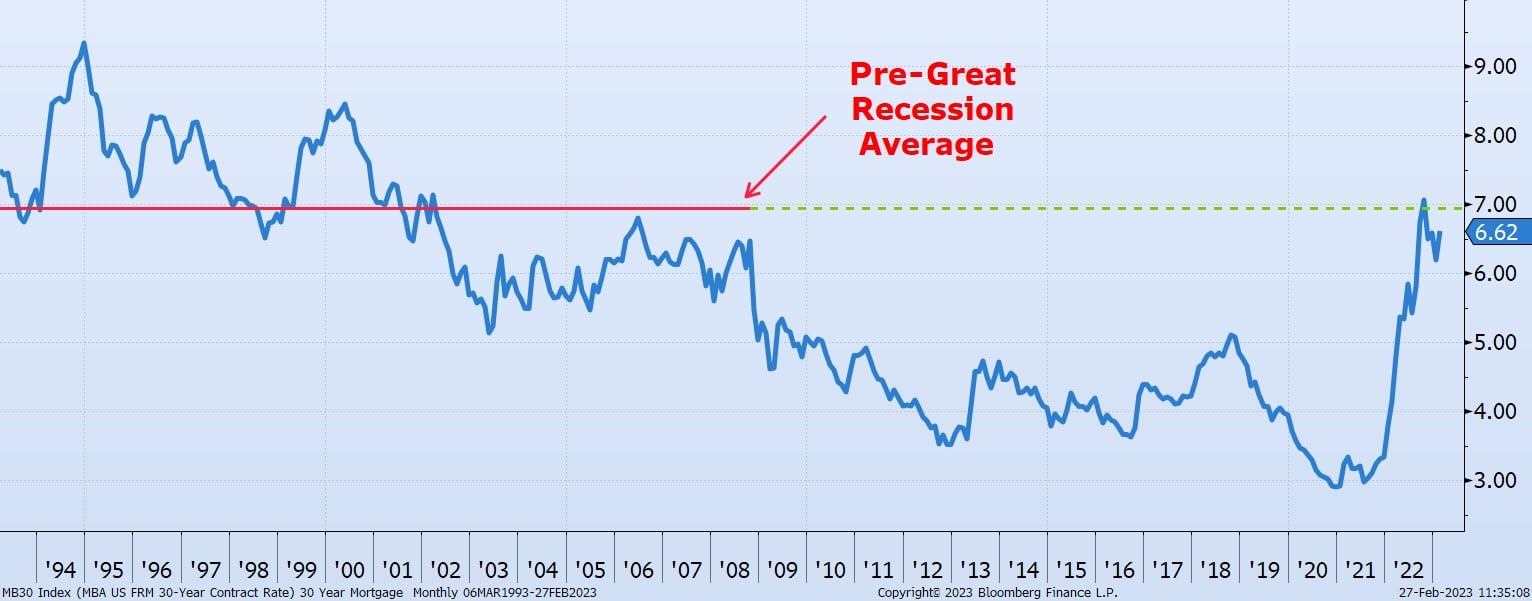
Today's Chart of the Day, compiled from information from the Mortgage Bankers Association, shows the 30-year residential rates dating back to 1993.
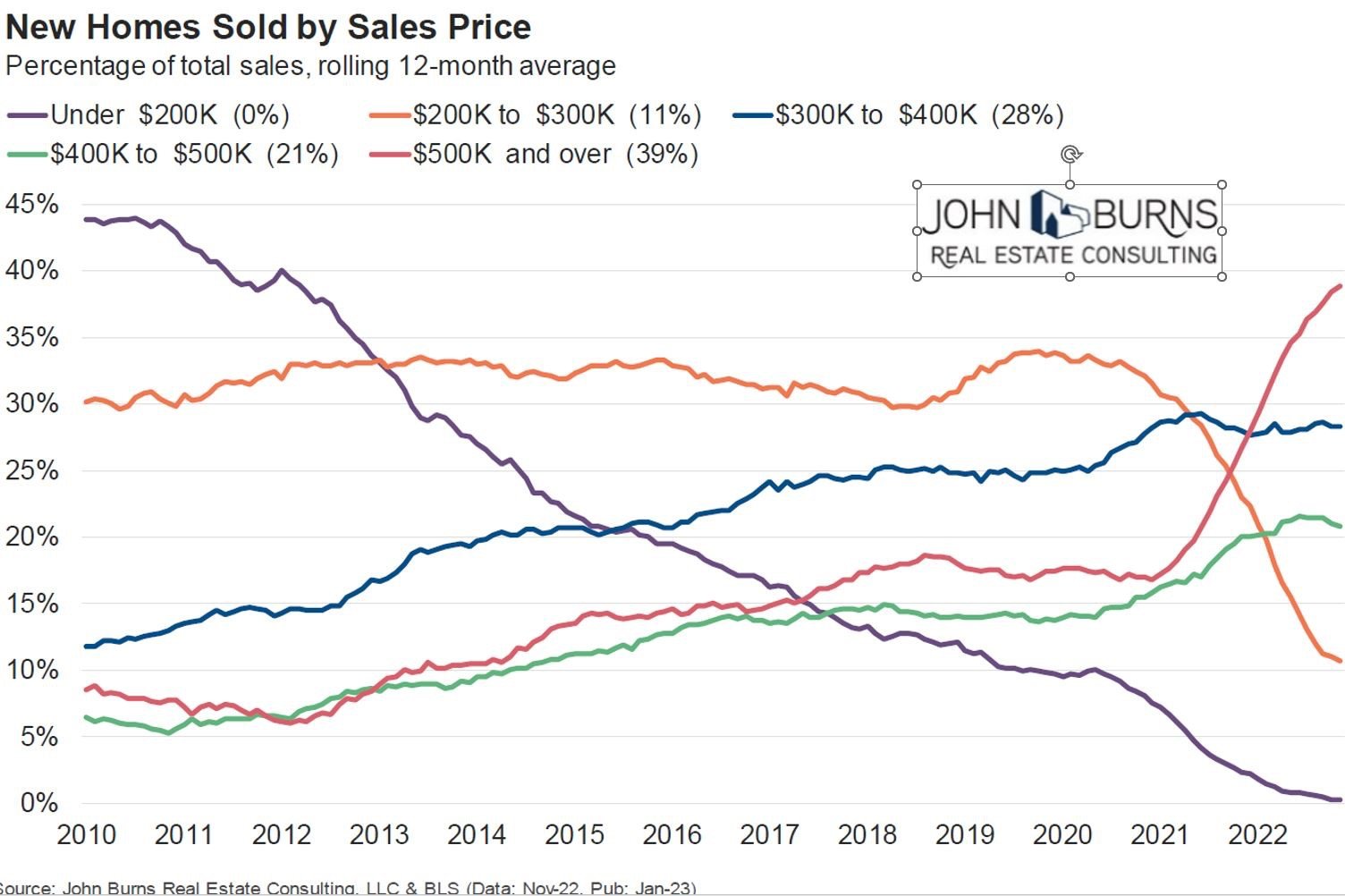
Today’s Chart of the Day comes from John Burns and shows the historical percentages of homes sold by sales price going back to 2010.
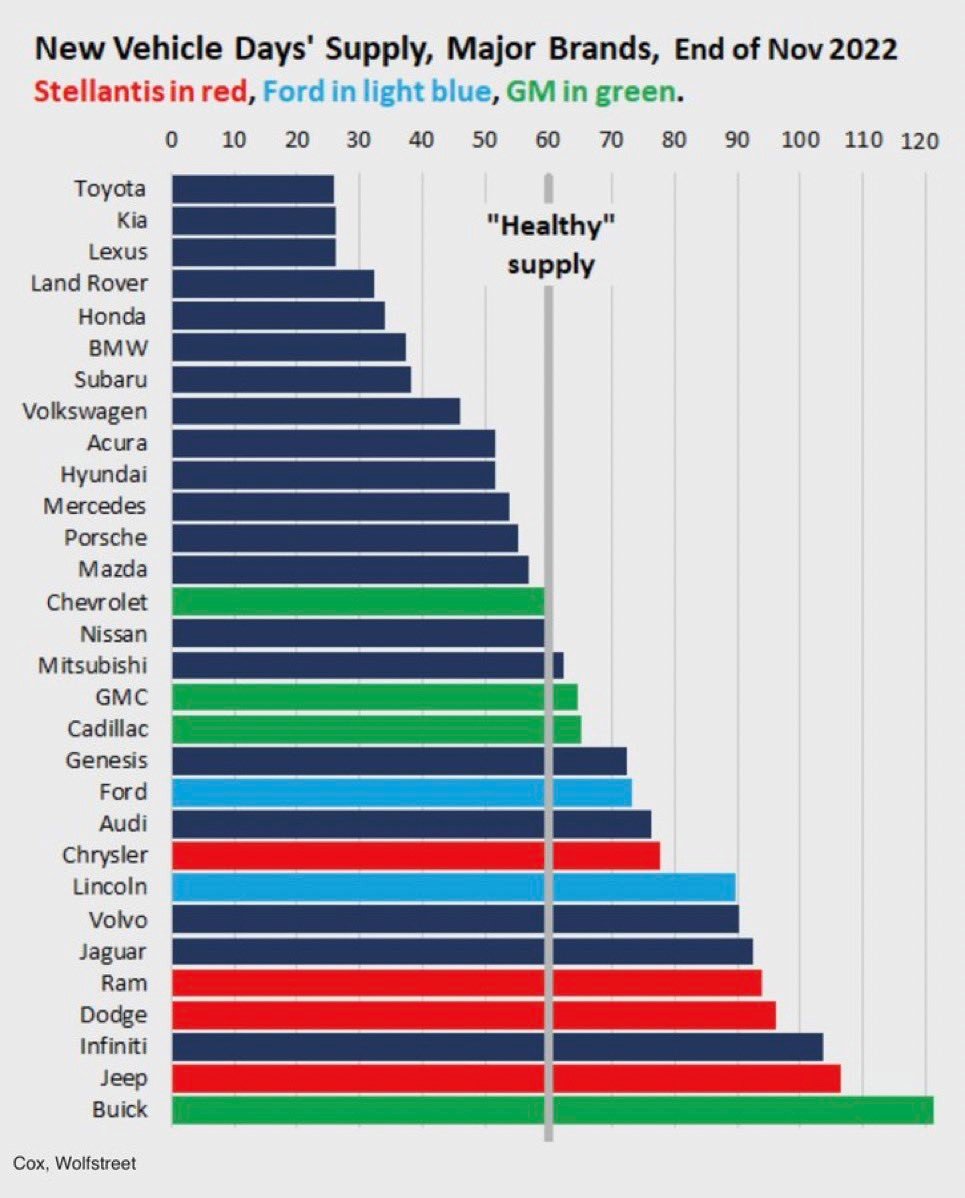
Today’s Chart of the Day comes from Wolfstreet and shows the supply of new vehicles in number of days.
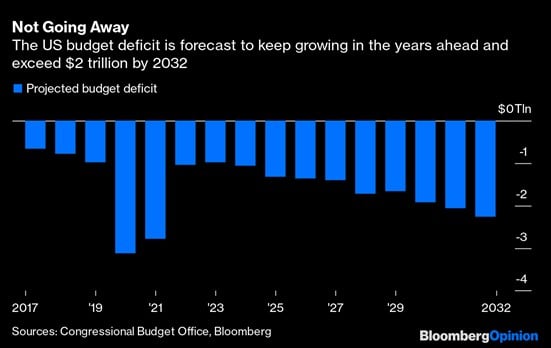
Today’s Chart of the Day is the projected budget deficits for the next 10 years provided by the Congressional Budget Office. It is not a rosy picture.
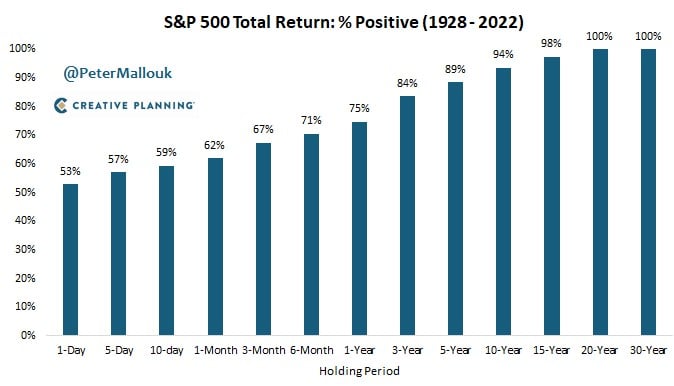
Today’s Chart of the Day comes from @PeterMallouk on Twitter and shows the percent of time the S&P 500 is positive, depending on your holding period,..
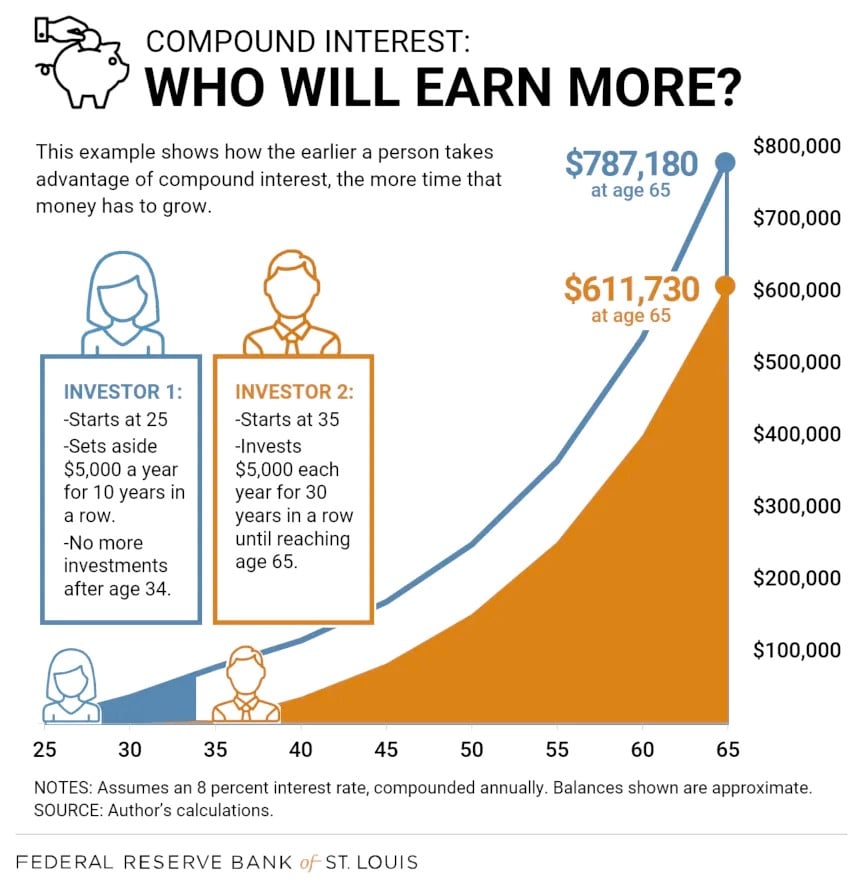
Today’s Chart of the Day is from the Federal Reserve Bank of St. Louis supporting the mantra, "Save early, Save often."
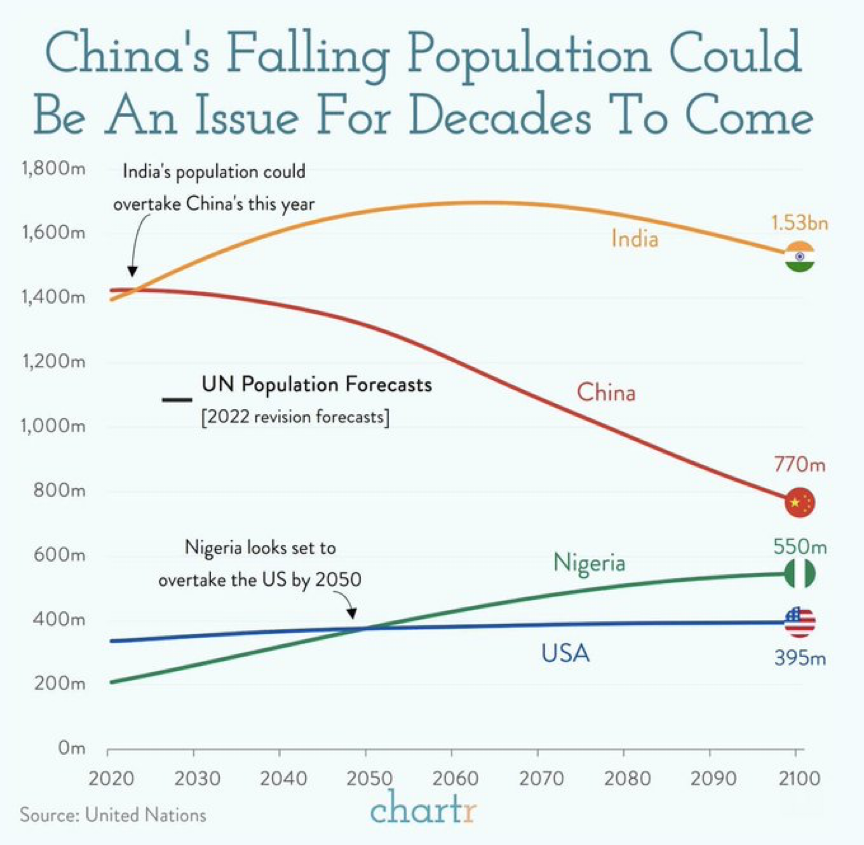
Today’s Chart of the Day comes from chartr with data provided by the United Nations.
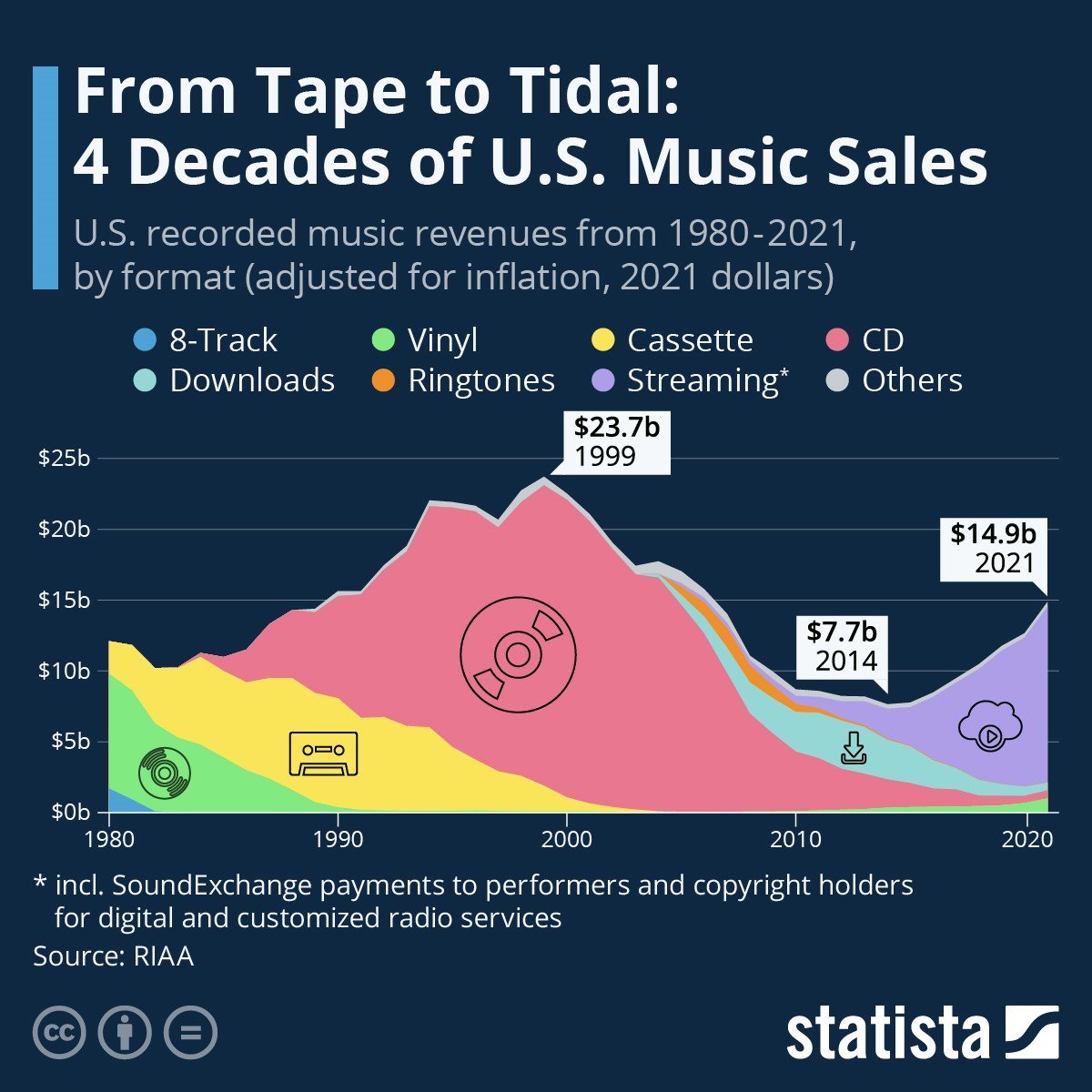
Today’s Chart of the Day comes from Statista, a provider of market and consumer data. The chart shows that streaming music, purple, has taken over..
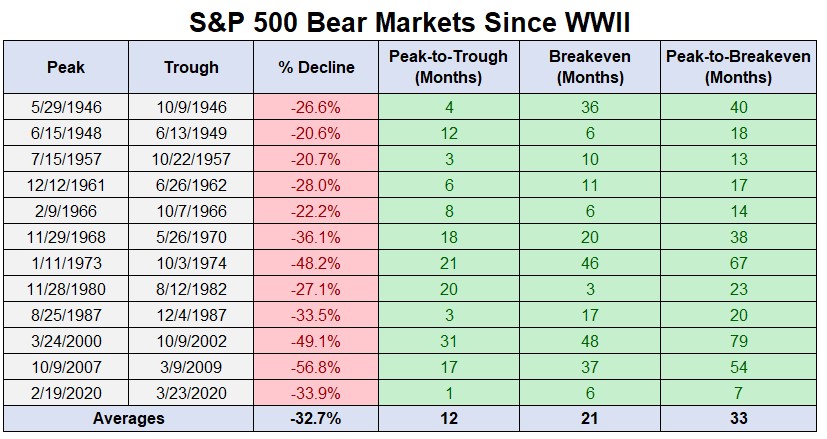
Today’s Chart of the Day comes from A Wealth of Commons Sense and shows the number of “bear markets,” years with a 20%+ loss, since World War II. We..
Today’s Chart of the Day comes from an article written by Ben Carlson on A Wealth of Common Sense. The chart shows rolling 30-year returns of the stock market dating back to 1926.
Today’s Chart of the Day comes from chartr with figures provided by the US Treasury to help us understand where our Federal Government taxes and spends.
Today’s Chart of the Day comes from BlackRock and shows that 105 of 112 asset classes lost money in 2022.
As our communities continue to recover from recent hurricanes, and with everyone knee deep in tax season, we are updating a blog from December with information from local tax professionals that might help those who have losses or damage.
Today’s Chart of the Day comes from @genticici on Twitter. I was impressed by the simplicity of the concept, and it's very apropos to be on the back of a napkin.
Today’s Chart of the Day is a reoccurring one we like to keep updated with current data.
Today's Chart of the Day, compiled from information from the Mortgage Bankers Association, shows the 30-year residential rates dating back to 1993.
Today’s Chart of the Day comes from John Burns and shows the historical percentages of homes sold by sales price going back to 2010.
Today’s Chart of the Day comes from Wolfstreet and shows the supply of new vehicles in number of days.
Today’s Chart of the Day is the projected budget deficits for the next 10 years provided by the Congressional Budget Office. It is not a rosy picture.
Today’s Chart of the Day comes from @PeterMallouk on Twitter and shows the percent of time the S&P 500 is positive, depending on your holding period, going all the way back to 1928.
Today’s Chart of the Day is from the Federal Reserve Bank of St. Louis supporting the mantra, "Save early, Save often."
Today’s Chart of the Day comes from chartr with data provided by the United Nations.
Today’s Chart of the Day comes from Statista, a provider of market and consumer data. The chart shows that streaming music, purple, has taken over the music industry.
Today’s Chart of the Day comes from A Wealth of Commons Sense and shows the number of “bear markets,” years with a 20%+ loss, since World War II. We were awfully close to one in 2022 with a 19% loss.
current_page_num+2: 18 -

